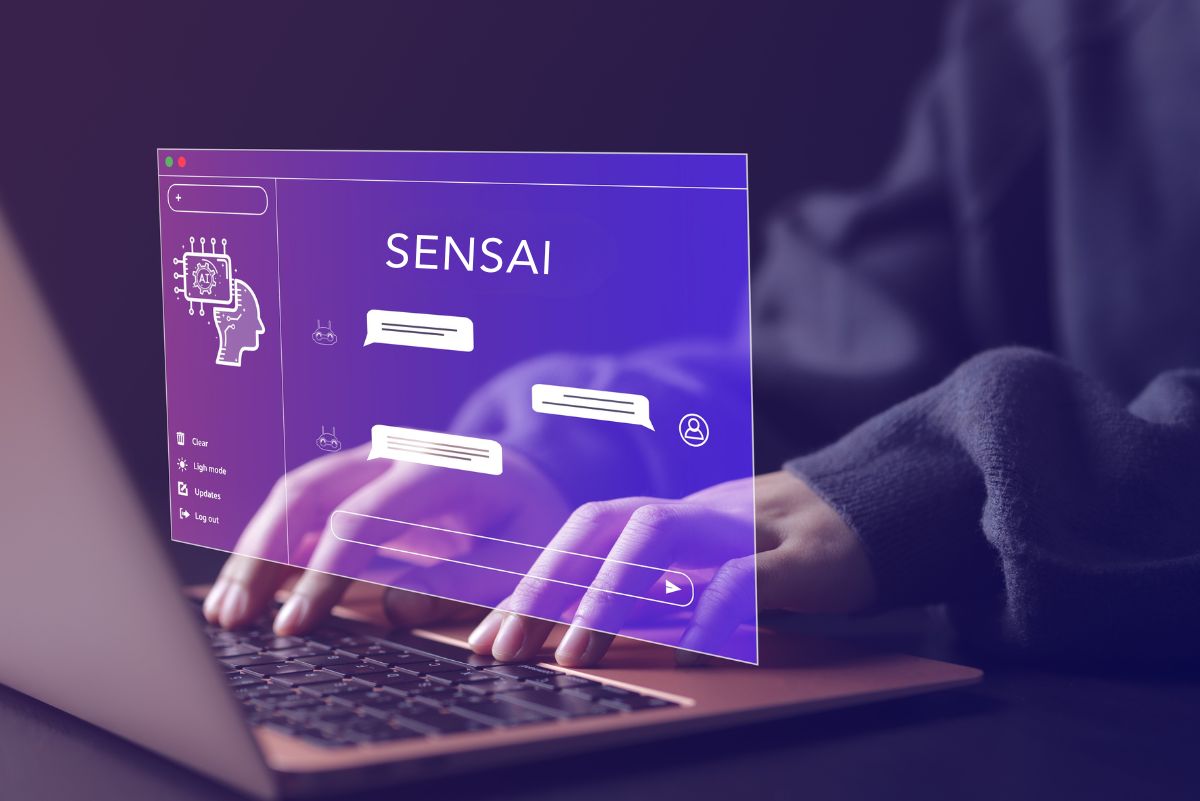How can your organization get started with Digital Supply Chain Twin? Unlock the potential with these practical steps
Imagine a set of human twins. Both females, redheads, English-speaking, and college-educated. They have the same DNA, and their mannerisms and character traits will be similar. Here’s the critical part: while they look the same, each is an individual. A separate entity you can engage with without affecting the other.
If those human twins have the same life experiences, how you interact with Twin A will give you a good approximation of how Twin B would react in the same circumstances. And that’s why the term digital twin makes such a great metaphor for the equivalent in supply chain design and management.
A digital “Twin B” models all the major processes and interactions of your real supply chain… and shows you what happens when you push and poke and prod (we don’t recommend trying this with human twins), letting you see how a change in your real-world processes would affect your business. If you’re totally new to the idea of digital twins (DTs), check out this article first – What is a supply chain digital twin?
A digital twin for your supply web is an immensely powerful business tool – but as with all big payoffs, it requires a bit of investment. So how do you get started? Let’s see.
Swinging in a Digital Twin

In this piece, we’ll take you through the basics of setting up a supply chain digital twin which is divided into six areas – with some of the outcomes you can expect. As a thought experiment, let’s imagine a world without technology (oh, the horror) where you have to do all this by hand.
1. Sketch out the basics
The first step is to get a grip on how large and complex your supply chain is – especially if you’re new to the company. Surprisingly, many companies lack a “Big Picture” of all the moving parts and how they’re connected… it’s often in silos, and hard to piece together.
The good news: this part can be fun. Imagine large sheets of paper and lots of colored Sharpies, with your team around a table in the biggest conference room. Start with a rough geographical map of your market (Local? Regional? or Nationwide?) and note the locations of your facilities on it. We recommend doing this with four building blocks:
- Suppliers – where your resources (inputs) come from
- Production facilities (like factories) – turning inputs into outputs
- Distribution centers (DCs) – where outputs go before reaching customers
- Customers (like wholesalers) – where you hand off ownership to someone else
Use a code: maybe blue squares for your factories, red circles for your DCs, and so on. Keep it simple. Of course, if you’re at scale, with hundreds of these facilities, it’s wise to swing in some technology early – AIMMS can help.
2. Note volumes and flow rates
Now you’ve got an idea of the “nodes”, it’s time to connect them to a network. What does each facility take in and ship out? Raw materials, parts, subassemblies, even energy, and human labor?
Let’s use our tabletop metaphor again, and imagine you’re drawing supply lines on your diagram. If Factory A takes in twice as much steel plate from Supplier X as Factory B, make the line XàA twice as thick as XàB. And remember to use arrows, so you know what direction resources are moving.
(And yes, it can be this simple when you use technology, too.)
3. Seek out your primary data sources
It’s time to put in some numbers. The choice is up to you, depending on what success metrics and KPIs matter. Even something as simple as total sales minus total costs gives plenty of topline information: it lets you calculate ROI and so on. Think about:
- Costs by input
- Sales by SKU
- Human resources by headcount
- Other costs like fuel and power
So start asking around your supply team, and get some topline figures. In our imaginary conference room scene, you’re writing $, €, or £ amounts on your diagram. This gives an idea of what you’re spending… and where your costs are coming from. (The diagram on your conference table may start to look crowded. Relax; the solution is coming.)
4. Take a view on synchronization
Some vendors make great play of how “real-time” they are: they interconnect to every last data source across your organization to feed information into your digital twin, from ERP, accounting systems, and even the spreadsheets on people’s desks. But to get started, that isn’t necessary. What you’re looking for to get started is a Big Picture. And in the absence of economic shocks, the overall scene for many companies is often fairly consistent month-on-month; some multinational enterprises only update their DTs every quarter or so.
So instead of wasting resources collecting data from everywhere, decide which data matters most, and use that. (Remember, the goal is to get started.)
5. See if you can spot the risk factors…
Even with a basic diagram and dataset, some risks become clear. What if 50% of your production facilities rely on a single outside supplier? Or your fastest-growing market is only served by one DC? You’ll already start seeing opportunities for optimization.
This part is important because we live in a turbulent world. Economic shocks, global pandemics, and cross-border conflict: all can affect your business in ways you can predict ahead of time. So (in our on-paper conceptualization) get out the red Sharpies, and mark up where the links in the supply chain seem overly squeezed or dependent on others.
6. …and the business opportunities!
Again, even at this basic get-started level, good things emerge. You’ll see where facilities are under-utilized, where good people are wasting time on unproductive activities, and where supply lines are overstretched or brittle. The Big Picture is also a broad one.
This is the value of a supply chain digital twin. Yes, our conceptual tabletop sketch is a DT, albeit a very simple one. But of course, it can be much, much better.
And “better” is what we do at AIMMS
The good news: we live in a technological world. So you don’t need to use paper and pens to plan things out. Even at the conceptual and strategic level, a software digital twin of your supply chain is a huge asset – ready to be improved, updated, and scaled to model your entire web of suppliers and facilities, across as many markets as you operate in.
This is what AIMMS’ does. And getting started with it is as easy as pen and paper – because like pen and paper, it works the way you think, simple and intuitive.
Why not give it a try? We’re always ready to talk.
What our readers are saying
Comments are closed.







Excellent
Nicely written!